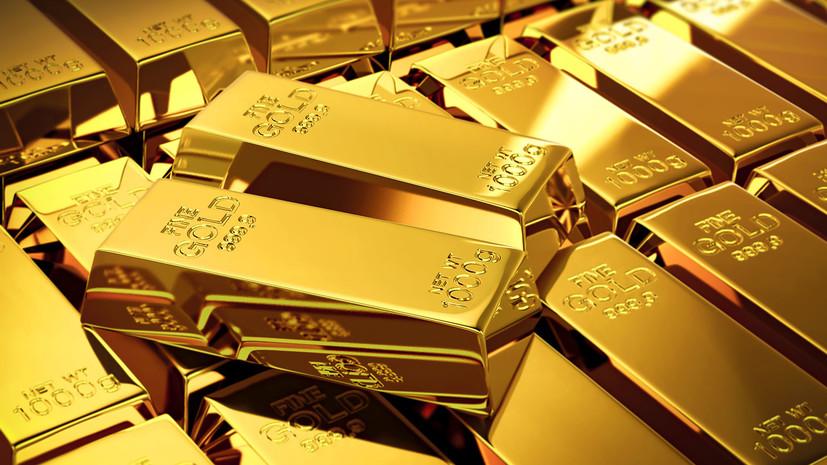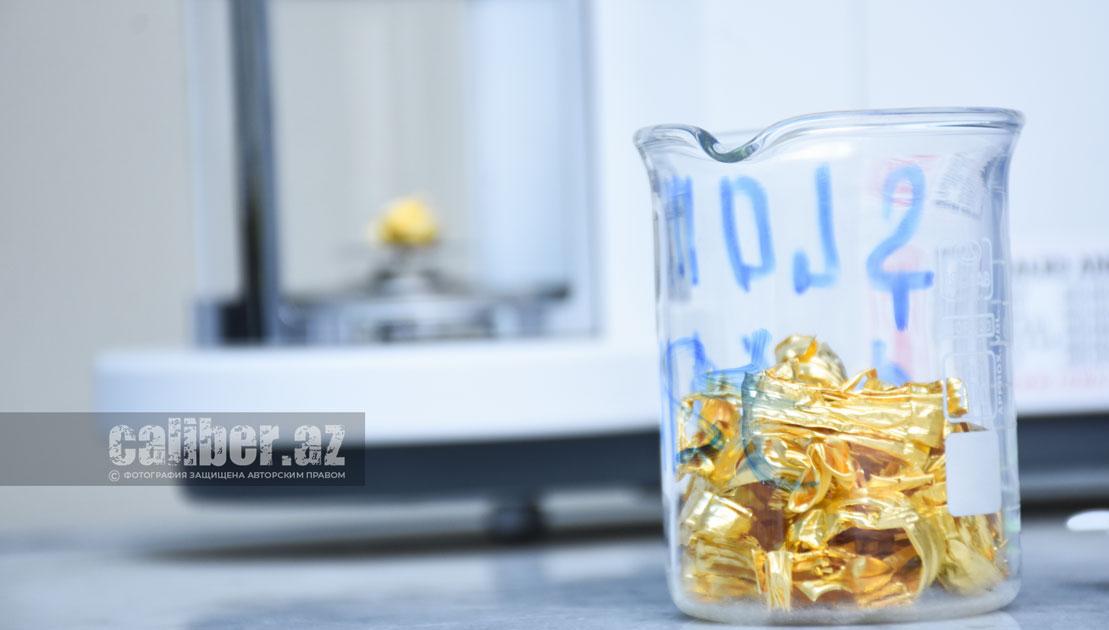"Gold Rush": Risks and opportunities Factors behind the latest price rally
Recently, during trading on the New York Mercantile Exchange's Comex, gold prices once again reached an all-time high, surpassing $2,750 per troy ounce. Experts attribute the rapid increase in gold prices to the rising demand for safe assets due to escalating geopolitical tensions worldwide and the uncertainty surrounding the outcome of the presidential elections in the United States.
A significant factor contributing to the price increase is also the new cycle of monetary easing by the Federal Reserve (Fed) and leading central banks around the world. Overall, investors are increasingly turning to precious metals for risk hedging, and since the beginning of 2024, gold has risen by more than a third. Prices are expected to continue climbing next year, soon exceeding the symbolic mark of $3,000 per ounce.
Historically, large-scale socio-economic upheavals or global military conflicts have prompted a significant number of investors to hedge against risks by reallocating funds into safe-haven assets, with gold being the primary choice. However, despite the surge in gold prices in the spring of 2022 at the onset of the Russia-Ukraine war, and another spike in October of last year due to the escalation of the Arab-Israeli conflict in Gaza and the confrontation between the collective West and the Houthis in the Red Sea, the overall growth has been relatively modest—around 8%. By the end of 2023, the average gold price remained steady at approximately $1,940 per ounce.
Market dynamics began to change dramatically in the spring of this year. Over the course of five months, gold prices rose nearly 20%, setting a new all-time record of $2,454 per troy ounce by the end of May. After a brief pause, the demand for precious metals surged from August to October, pushing prices to new historical highs. On October 23, spot prices on the Comex exchange surpassed $2,753 per troy ounce for the first time ever, while December futures soared to a record high of $2,767.30. These figures are historically significant, as gold has now exceeded the peaks of both the current and previous centuries. The annual growth rates have also been remarkable: since the beginning of 2024, spot prices have increased by 33.5%, and futures prices have risen by 28%.

Today, the primary economic factor influencing the precious metals market is recognized as the beginning of a cycle of monetary easing by the Federal Reserve (Fed) of the United States. In recent months, the market has reacted not only to specific decisions but also to announcements from the Fed and other global financial regulators indicating their intent to start lowering interest rates by the end of 2024. Generally, gold prices tend to move inversely to the US dollar; therefore, when monetary conditions are relaxed and the supply of US currency increases, alongside a decline in Treasury bond yields, demand for gold tends to rise.
A historical example of this phenomenon can be seen in the early 2000s, when gold prices increased from approximately $270 to around $420—a gain of 60%—following the collapse of the dot-com bubble. Similarly, the global financial crisis of 2008, which resulted in a significant downturn in mortgage-backed securities, led to a 2.4-fold increase in gold prices, from $660 to about $1,600. Additionally, during the period of declining interest rates in 2019–2020, gold prices rose by roughly one-third, from $1,400 to $1,900 per ounce.
Among the key factors driving the rise in gold prices, experts cite the intensification of geopolitical tensions worldwide and the political uncertainty in the United States, where the gap between presidential candidates is narrow ahead of the upcoming elections. Moreover, both candidates’ platforms are similar regarding the increase in government debt and the US budget deficit.
“Both presidential candidates are proposing inflationary policies, which will be very supportive for gold. While some of this is priced in, it will also provide ongoing support for higher prices,” said Michael Langford, Chief Investment Officer at Scorpion Minerals, as reported by Reuters.
As a result, the dominance of bullish trends in the precious metals market is linked to the risk of instability in US government debt. For instance, in 1999, the national debt stood at $5.6 trillion, approximately 58.9% of GDP. Today, however, US government debt has exceeded $35 trillion, with its ratio to GDP approaching 120%. Additionally, debt obligations are rising in other countries as well. According to International Monetary Fund (IMF) projections, these obligations are expected to reach 7–8% of global GDP by 2030.
All of these factors are increasing demand for gold as a safe-haven asset. Some analysts believe that the ongoing price rally of this "eternal metal" poses a threat to the global financial system, which has relied on the US dollar for nearly eighty years. In particular, the factors mentioned above are prompting central banks in various countries to increase their gold holdings in their foreign exchange reserves.
According to experts at Bank of America, gold currently accounts for 10% of total bank reserves, compared to just 3% a decade ago. Moreover, the share of gold in the reserves of central banks worldwide is expected to surpass that of the euro, placing it second only to the dollar. Active buyers of precious metals this year include China, India, and Turkey, along with Poland, Uzbekistan, and the Czech Republic. Notably, Poland has decided to increase its gold reserves to 20%, and the country's central bank already holds 420 tons of gold—more than the United Kingdom.

Interestingly, these trends are accompanied by a massive repatriation of gold reserves, driven by concerns over potential sanctions and economic instability. This development is putting additional pressure on market demand, particularly against a backdrop of declining physical gold supply due to years of decreasing global production. In this context, analysts at Bank of America predict that gold prices will reach $3,000 per troy ounce by the end of 2025, while the World Gold Council (WGC) forecasts an average annual price increase of 5.2% over the next 15 years.
Considering the high risks to investment portfolios due to negative trends in global financial markets, Azerbaijan is also compelled to diversify its foreign exchange reserves. In 2022, the State Oil Fund of Azerbaijan (SOFAZ) raised its gold holdings from 13.1% to 13.9% of total assets, resulting in approximately 101.8 tons of gold reserved by the beginning of 2023. The trend of increasing the share of gold in SOFAZ’s assets continued into 2024, with reserves rising to 114.9 tons between January and June.
On the other hand, current global trends are encouraging domestic producers to increase the extraction and export of precious metals. According to data from the State Statistical Committee, Azerbaijan produced over 1.248 tons of gold from January to July 2024, marking a 5.6% increase, along with nearly 1.907 tons of silver. Gold traditionally ranks among the top non-oil exports to foreign markets; specifically, from January to July, gold ranked third in export volume, following tomatoes and raw cotton.
In particular, AzerGold, the leading state enterprise for gold mining in Azerbaijan, extracted 48,700 ounces of gold from January to September 2024, achieving a 27% increase compared to the same period last year. During this reporting period, AzerGold sold 40,200 ounces of gold in local and international markets. As of October 1, 2024, the total revenue of AzerGold exceeded 1.355 billion manats ($794 million).








